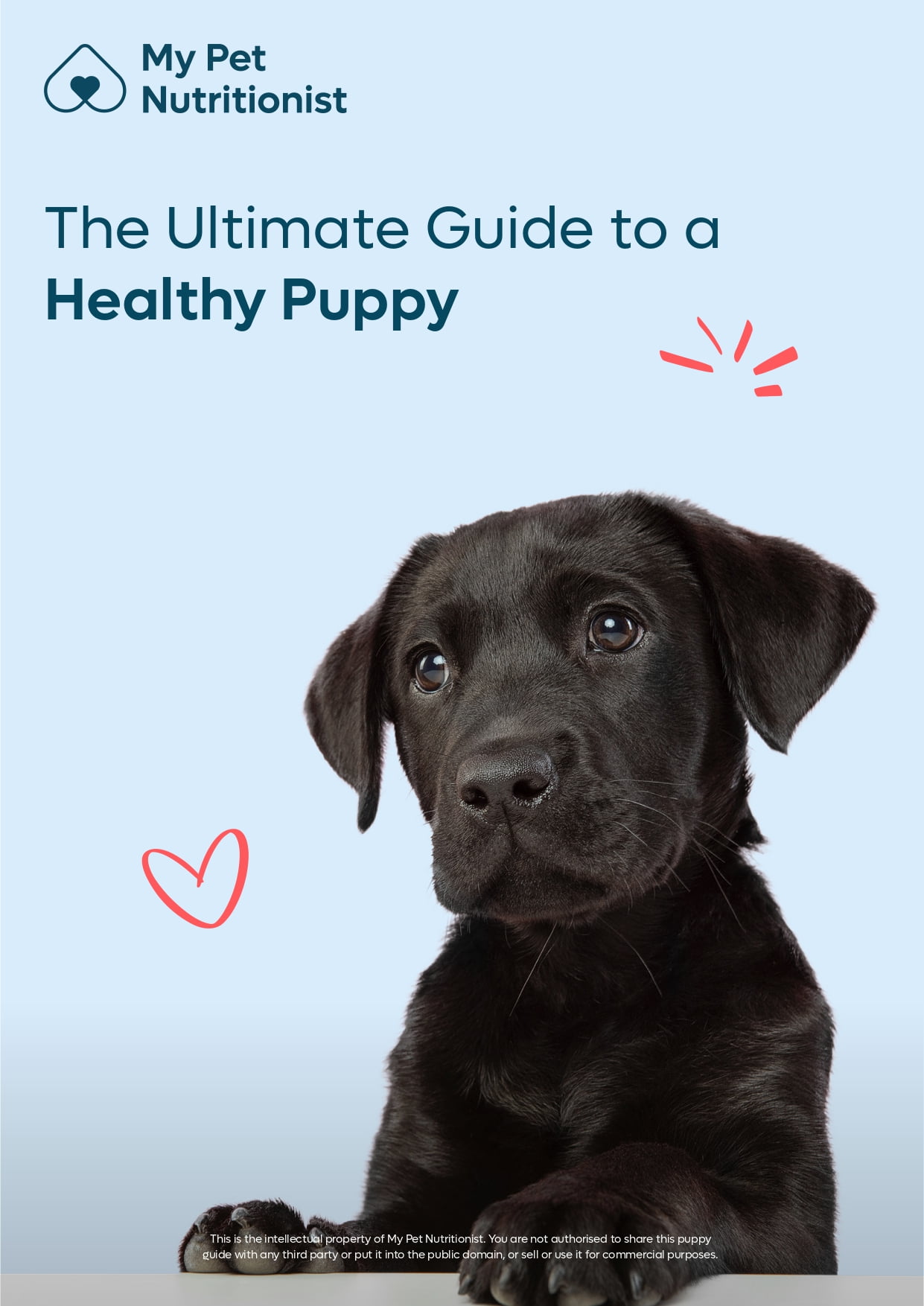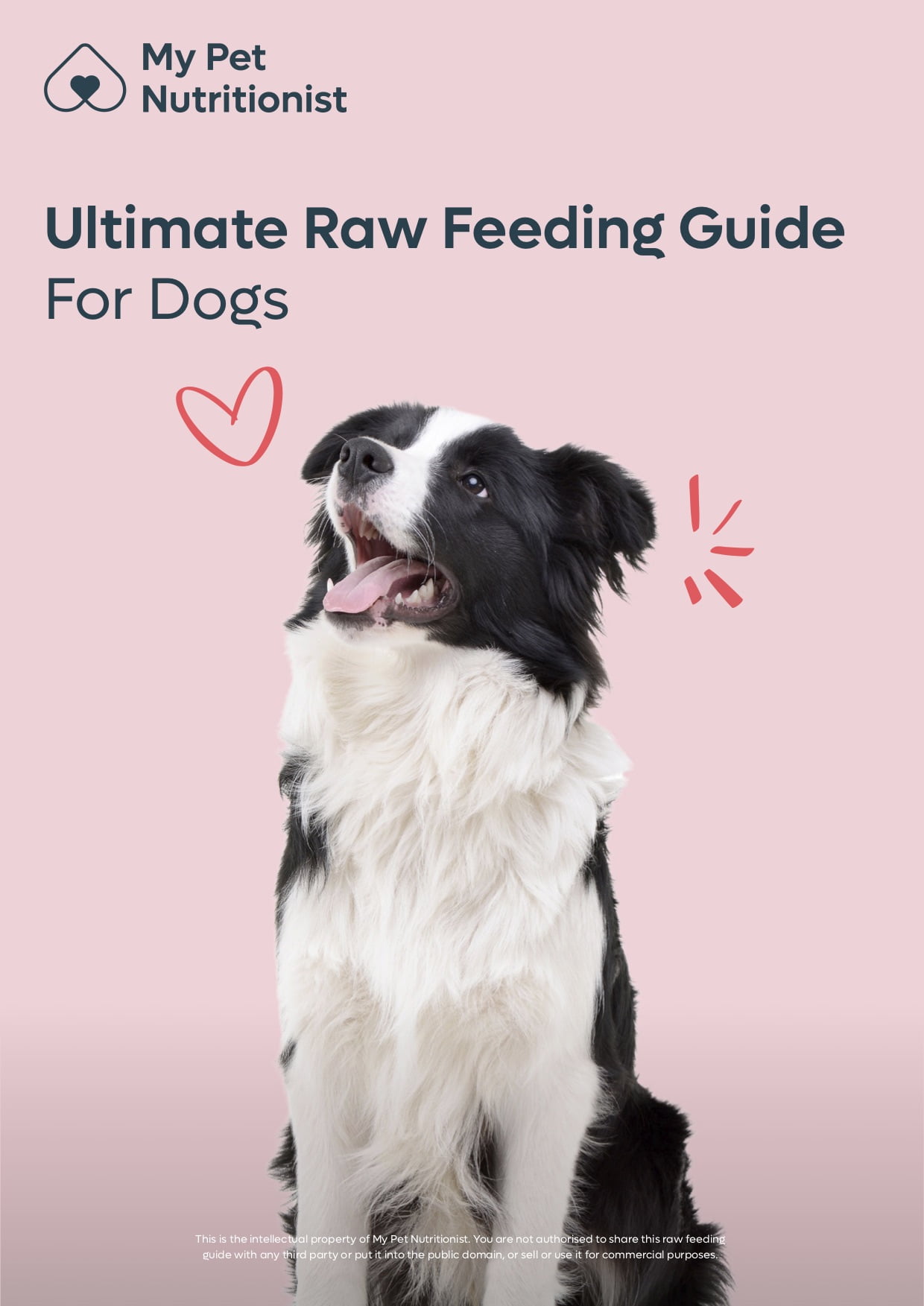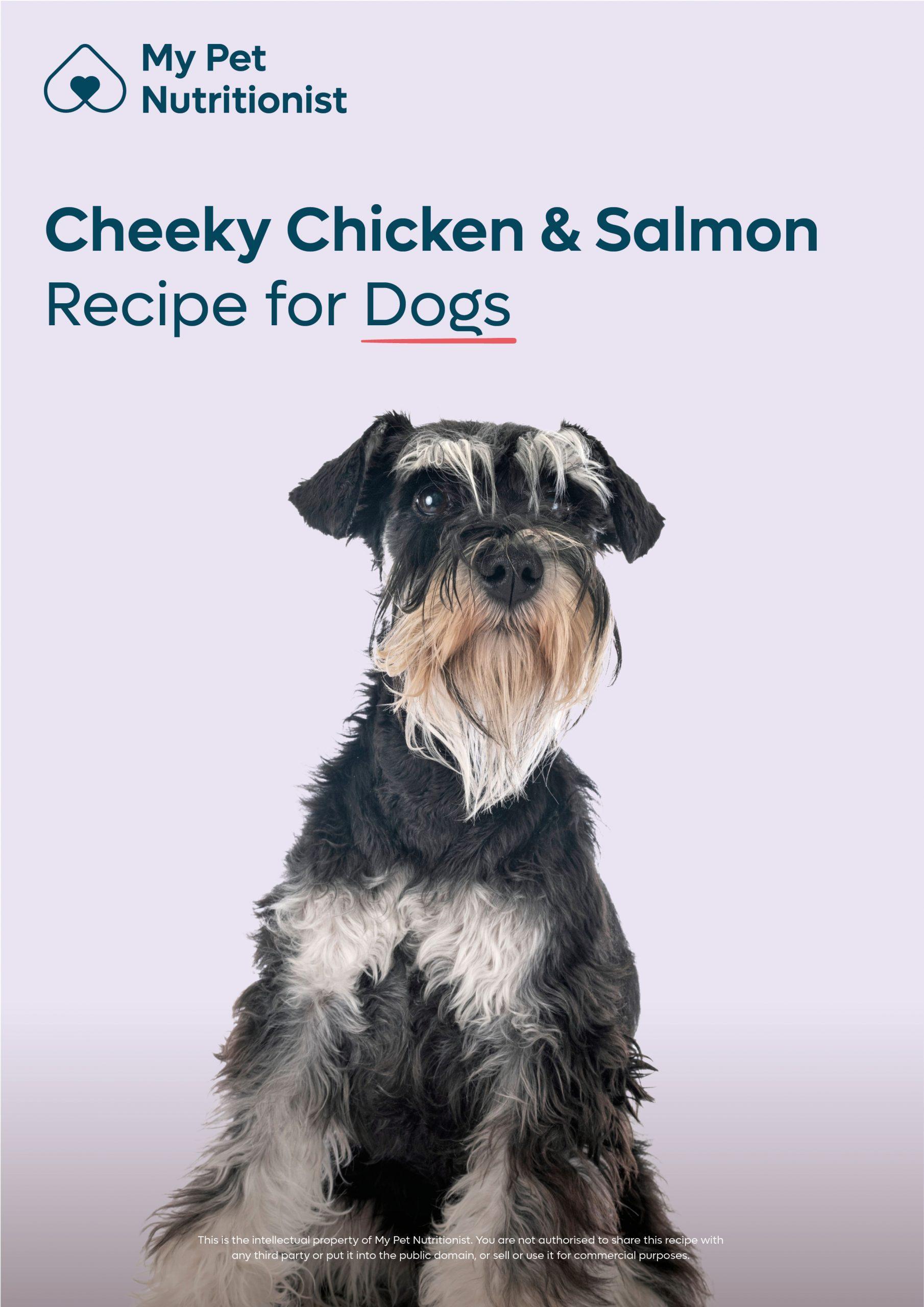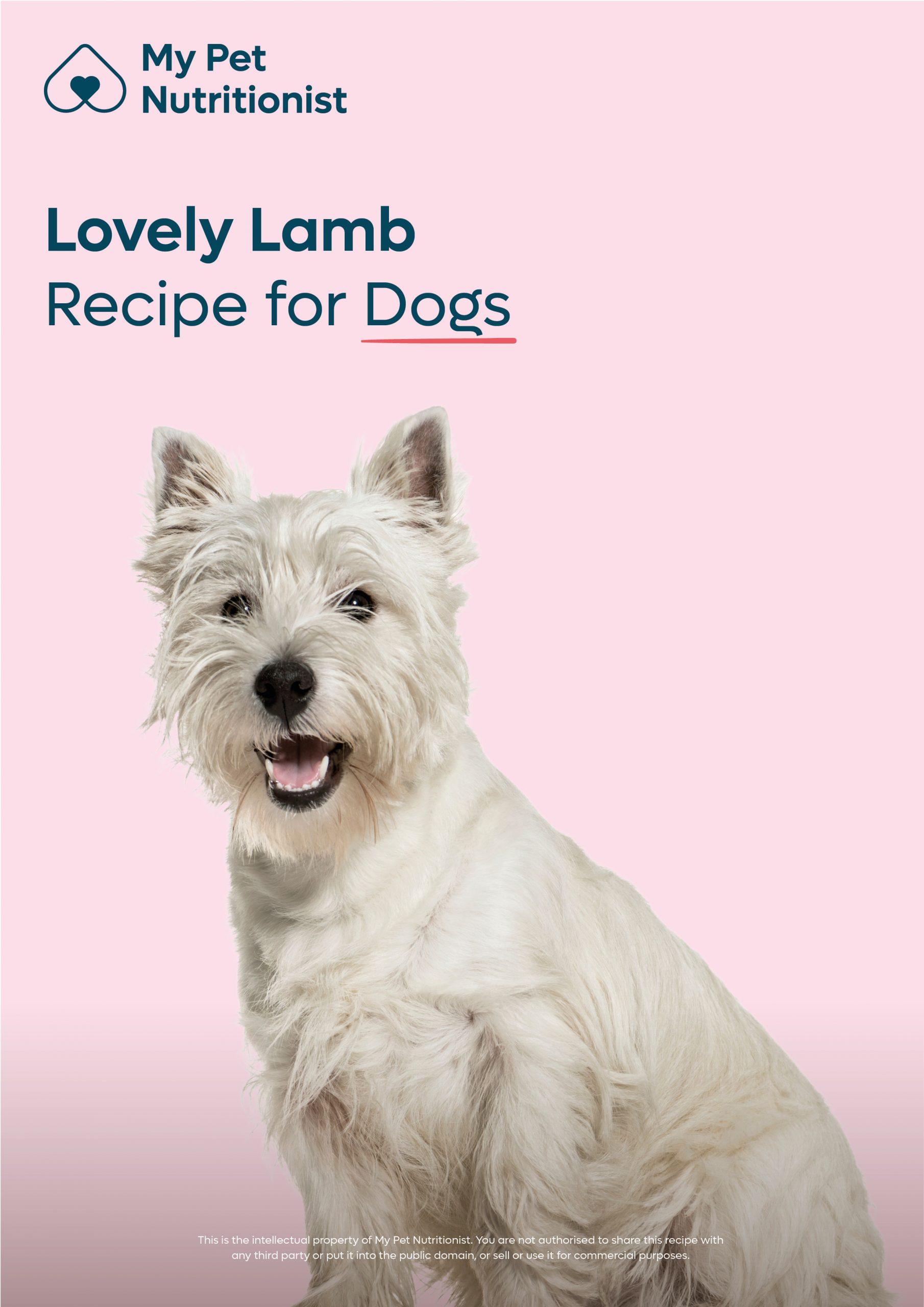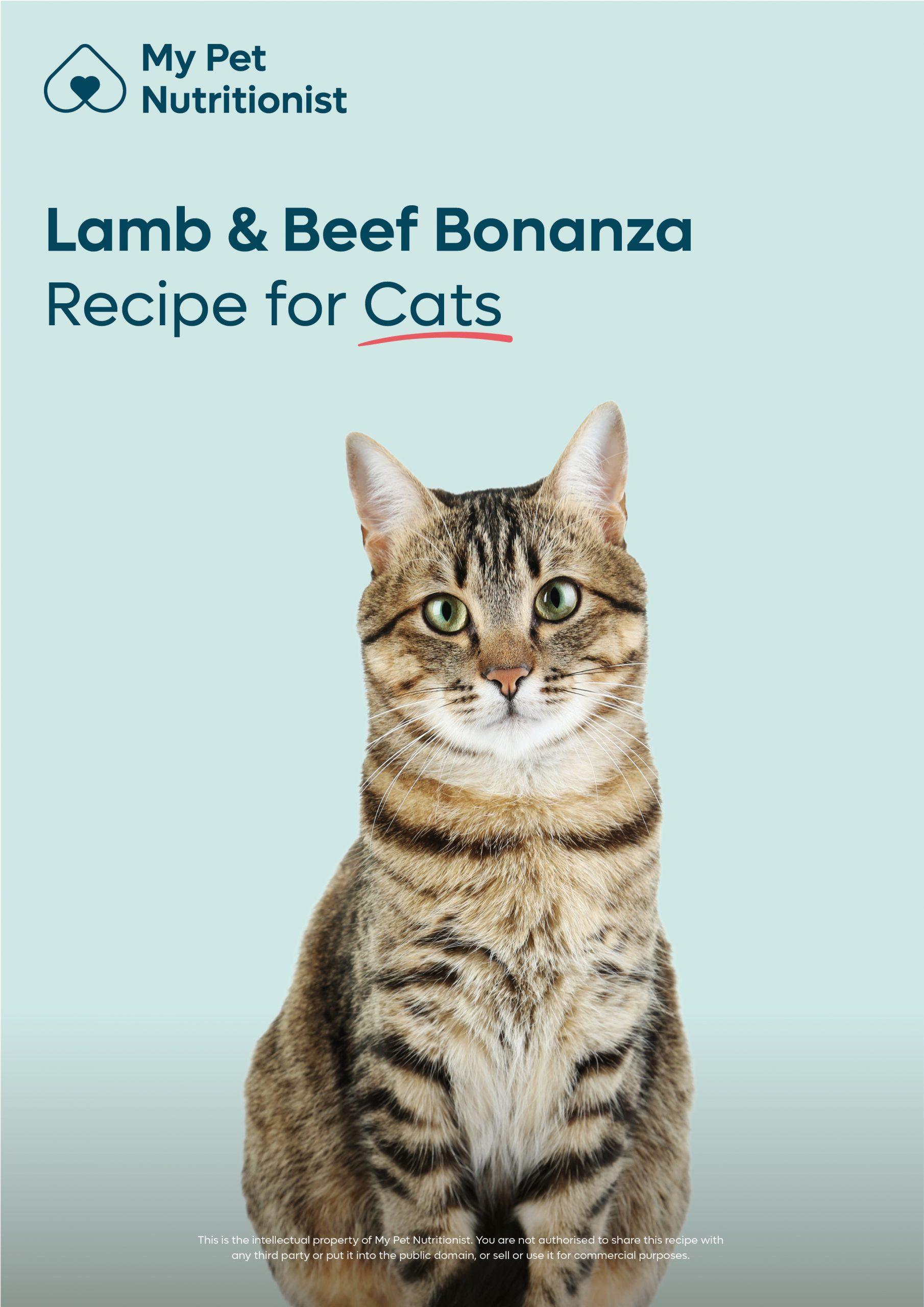-
£19.99

The 12 Foods of Christmas
- December 21, 2022
- 11 mins 30 secs
As a we are well and truly into the festive season, our team here at My Pet Nutritionist thought we would have some foodie fun! Here’s our doggie (and kitty, for the animal based ones!) rendition of 12 Days of Christmas, as we take a look at the benefits of the My Pet Nutritionist ’12 Foods of Christmas’!
On the first day of Christmas my owner gave to me….Turkey!
Probably one of the first foods we think of when mentioning Christmas, turkey is a great option for your dog over the festive period (and any other period too)! Often used when first transitioning to a raw or fresh diet, turkey is easily digestible, and low in fat; around 4.7g per 100g with no skin. Turkey breast is the lowest fat part of the turkey. Adding turkey skin does add a little fat. Turkey is roughly 30% protein, so a great protein source!
As turkey is low on the Glycaemic Index (GI), it helps reduce the amount of cholesterol often associated with major health implications, and replaces it with ‘good’ cholesterol. Low GI foods are also great for diabetes sufferers because they don’t cause a blood sugar spike, unlike those food items higher on the Glycaemic Index.
Turkey is a great source of selenium, which has links to reducing the risk of certain cancers, including those affecting the bladder,stomach, prostate, and lung. Selenium protects cells from damage caused by free radicals.
Choline is another essential nutrient in a dog’s diet, which is found in turkey. With benefits to cognitive function, cardiac and hepatic health, nervous system and proper functioning of muscles, choline is important to include in the diet. Another great source of Choline is krill oil.
Other nutrients found in turkey include iron, potassium, phosphorous, magnesium, zinc, sodium and vitamins B3 (Niacin), B6 and B12.
On the second day of Christmas my owner gave to me…Pheasant!
A slightly less popular festive feast, but still well-loved around the country, pheasant is another great option for our furry friends. Like turkey, pheasant is low in fat, with around 3.5g in 100g of pheasant. At nearly 25% protein, pheasant is another great source of protein.
Some essential micronutrients found in relatively high amounts in pheasant include:
Potassium: essential for cardiovascular health, healthy blood pressure and renal blood flow. Potassium reduces amount of excess sodium in the body.
Phosphorous: essential for bone and dental strength, cardiac function, and also healthy metabolism.
Iron: essential for enzyme function and blood health. Iron carries oxygen in the haemoglobin of red blood cells, enabling all major organs access to plenty of oxygen supplies for healthy functioning.
Vitamin B3 (Niacin): essential to aid metabolism of fats, fatty acids, and glucose. Niacin aids healthy cognitive development, helps in hormone secretion, and helps control production of bile and stomach acid.
Other vitamins and minerals found in pheasant meat include, magnesium, sodium, zinc, selenium, and vitamins A (Retinol), B1 (Thiamine), B2(Riboflavin), and C.
On the third day of Christmas my owner gave to me… Goose!
Another high protein, festive option for our dogs and cats, is goose. While it is high in protein (29g in a 100g portion), it is also much higher in fat than turkey and pheasant. Skinless goose meat comes in at around 12g of fat per 100g, but goose meat including the skin comes in at a whopping 30-40% fat.
One good thing about the fats in goose meat, is their content of Oleic Acid which helps prevent heart disease, and can also aid reduction of cholesterol in the body.
Essential nutrients found in abundance in goose include:
Vitamin A (Retinol): essential for steady bone growth, leading to healthy functioning of the nervous system. Retinol is also essential for eye health and plays a huge role in cell differentiation during immune responses.
Sodium: an electrolyte, essential as part of the healthy functioning of muscles and nerves due to assisting the control of bodily fluid production. Studies also show links between excess sodium, lack of sodium, and behavioural stress.
Glycine: an amino acid, which is a great aid for collagen synthesis for healthy joints, skin, and coat. Studies show it also helps heal the kidney in dogs after trauma.
Other nutrients found in goose include zinc, selenium, phosphorous, copper and iron, as well as vitamin B6.
On the fourth day of Christmas my owner gave to me…Duck!
Another high protein, relatively high fat option is duck. A firm favourite of many, duck provides an excellent source of omega 3 fatty acids, as well as omega 6 fatty acids. Being such a great source of omega 3 helps bring down the inflammatory effect of the omega 6 content found in many meats, especially farmed meats. Omega 3 fatty acids cannot be produced by the body as they are polyunsaturated; they must be consumed in the diet. Eicosapentaenoic Acid (EPA), Alpha-Linolenic Acid (ALA) and Docosahexaenoic Acid (DHA) are the three omega 3 fatty acids, which all aid different bodily functions by reducing inflammation. Omega 6 fatty acids named Linolenic Acid (LA) and Arachidonic Acid (ARA) are both inflammatory, whereas the exception to the rule of thumb that Omega 6 is inflammatory, is Gamma-linolenic Acid (GLA) which is anti-inflammatory, and is essential for healthy control of hormones.
Having a ‘happy balance’ of omegas, makes duck meat a great choice, though adding extra omega 3 is still beneficial.
Duck is also a great source of the following nutrients:
Vitamin B1 (Thiamine): used in the creation of nucleotides in DNA, thiamine is essential for muscle growth and development, and the normal functioning of the nervous system. Thiamine also helps the production of enzymes to help digest carbohydrates found in plant matter.
Copper: essential to help red blood cell production, and absorption of iron. Copper also plays a role in pigmentation of skin and coat, as well as formation of connective tissues.
Zinc: an important micronutrient for many bodily functions including production of enzymes, proteins and hormones, and normal functioning of the immune system and thyroid. Zinc has also been linked with helping dogs with certain types of dermatitis.
Other nutrients found in duck include selenium, iron, phosphorus, potassium, and vitamins A, B2 (Riboflavin), B3 (Niacin), and C.
On the fifth day of Christmas my owner gave to me… Pork!
The most popular, non-poultry meat often associated with the festive season, is Pork. Pork is a great high protein, low fat meat; but as a caveat, it must be plain pork, not cured pork such as gammon or bacon which are high in salt due to the curing process. 100g of pork offers around 25g of protein, and up to 20g of fat, depending on the cut used. Pork loin is much leaner than pork shoulder, for example, and pork belly would be much higher in fat (and generally to be avoided for most dogs due to the fat content).
Essential vitamins found most plentifully in pork include:
Vitamin B6 (Pyridoxine): essential for metabolism of proteins, carbohydrates, and fats, as well as production of red blood cells and neurotransmitters. Vitamin B6 must be consumed through diet, as the body cannot synthesise it. Read more on Vitamin B6 here.
Vitamin B12 (Cobalamin): essential for synthesis of blood cells, DNA and RNA, as well as healthy functioning of the nervous system, digestive tract, and brain. Read more on Vitamin B12 here.
Pork is also a great source of iron, zinc, selenium, phosphorous, and vitamins B1 (Thiamine) and B3 (Niacin).
On the sixth day of Christmas my owner gave to me… Cranberries!
Cranberries are renowned for their uses in bladder and urinary tract health, due to their content of a sugar called D-mannose. Not only can they treat Urinary Tract Infections (UTIs), but they can also prevent them in dogs with recurrent infections.
Cranberries are full of antioxidants, due to their content of the antioxidant rich polyphenols, Proanthocyanidins. These support gut health by keeping the gut microbiome well balanced. Being high in fibre, they also encourage good gut motility.
There is evidence to suggest cranberries have the ability to protect from cancer. Another antioxidant found in cranberries,is quercetin, which is a great natural antihistamine.
Nutrients found in cranberries include:
Vit C (Ascorbic Acid): a powerful antioxidant, great for cognitive health as it destroys free radicals to reduce inflammation.
Manganese: essential to help metabolism of carbohydrates, energy production and ensure health of bone and cartilage.
Vit K (Phylloquinone): essential to aid the clotting of blood as it synthesises coagulant proteins.
On the seventh day of Christmas my owner gave to me… Sprouts!
Whether they’re on your plate or not, Brussels Sprouts are a great addition to your dog’s bowl! They’re rich in antioxidants, vitamins, and minerals, so come with some great health benefits! Sprouts are best given in moderation though, as too many can cause gastrointestinal upset and gas.
The antioxidant found in sprouts is called kaempferol, which is great for reducing oxidative stress and damage to cells in the body, particularly in skin and eyes, as well as acting as an anti-inflammatory.
As sprouts are high in fibre, they’re a great vegetable to aid gut motility, and keep stools the correct consistency. Including fibre rich components in your dog’s diet helps with anal gland health too!
Sprouts are great sources of potassium, magnesium and vitamins C and K, as well as:
Vitamin B9 (Folic Acid): useful for DNA and red blood cell synthesis
Beta-carotene: another antioxidant which aids eyesight in dim lighting and helps prevent infection.
On the eighth day of Christmas my owner gave to me… Kale!
A favourite all year round, Kale is often featured in festive meals. Being a dark leafy green, it’s high in iron, amongst other essential micronutrients, as well as being a great source of dietary fibre which can really help with anal gland health and natural expression. Kale is also another source of antioxidants, being from the same family of vegetables as sprouts – the cruciferous family.
Kale offers a host of vitamins and minerals including potassium, copper, manganese, and vitamins A, B6, C and K. It’s also a fantastic source of:
Calcium: essential for strong bones and healthy teeth,smooth nerve impulses, muscle contractions, regular heartbeat and the all important normal clotting of blood.
Magnesium: essential for cellular energy production throughout the body. Magnesium aids all cells across the various systems within the body.
On the ninth day of Christmas my owner gave to me… Carrots!
Carrots are a staple of most festive meals, and are a super cheap, easy to get hold of (or even grow for yourself!) root vegetable, which make a great addition to your dog’s bowl, or even as a snack between meals.
Whole raw carrots are great for helping keep teeth clean. Ensure the carrot you choose for your dog is size appropriate. The thicker the carrot, the more the dog is encouraged to use the back teeth to chew.
Although carrots are full of useful nutrients, they are also medium on the Glycaemic Index, so feed in moderation to avoid blood sugar spikes.
Carotenoids are high in abundance in carrots, which are proven to help protect the body from various cancers. Lutein in particular helps prevent prostate, colon, and breast/mammary cancers.
Carrots are also great sources of sodium, calcium, iron, potassium, and vitamins A, B6, B7 (Biotin) C and K.
On the tenth day of Christmas my owner gave to me… Parsnips!
Another staple of any Christmas meal, parsnips are a root vegetable, especially popular in the UK as part of a delicious roast dinner.
Like carrots, parsnips are higher on the Glycaemic Index so should be fed in moderation to reduce the risk of a blood sugar spike. While carrots can be fed raw, it’s best to cook parsnips before feeding to your dog.
Parsnips are high in fibre, which again, benefits the digestive tract and improves gut motility.
Other important nutrients found in parsnips include calcium, iron, potassium, magnesium, and vitamins B2 (Riboflavin), 3 (Niacin), and 9 (Folic Acid), C, and K. The amount of Vitamin C is particularly high in parsnips.
On the eleventh day of Christmas my owner gave to me … Sweet Potatoes!
Perhaps a less popular vegetable on the human Christmas table compared to their non-sweet counterparts (white potatoes), sweet potatoes are the preferable potato to share with our dogs.
Just like carrots and parsnips, sweet potatoes are medium on the Glycaemic Index as they are quite starchy, so feed in moderation.
Sweet potatoes offer one of the highest amounts of beta-carotenes of any vegetable, which aids ocular health and reduces the risk of cancer. As well as being a great source of beta-carotene, sweet potatoes are very high in both soluble and insoluble fibre, which has many health benefits, from helping to lower cholesterol and controlling blood glucose levels, to maintaining healthy gut motility and stool consistency.
A great quality of sweet potatoes, is the content of antioxidants from the anthocyanin pigments (which give the sweet potato it’s vibrant colour).The pigments, called peonidins and cyanidins, reduce the risk of toxicity by heavy metals, such as mercury, arsenic and cadmium which can be found in some food sources.
Sweet potatoes also contain good amounts of manganese, potassium, phosphorus, copper, and vitamins B5, B6 and B7 (Biotin).
On the twelfth day of Christmas my owner gave to me… Eggs with the shell!
Perhaps more a Christmas or Boxing Day breakfast staple, eggs are great to share with your pooch. There’s a variety of eggs you could choose from; chicken, duck, quail, or even goose eggs can be purchased in the supermarket these days!
Eggs are a great source of protein, and can be fed to your dog (or cat!) both raw or cooked, and all parts of the egg can be used, with benefits for your pet.
The shell is a great source of calcium, often used in place of bone in a cooked fresh diet. Before feeding the shell to your dog, dry them out and crush them up. Unlike bone, eggshell does not contain phosphorus or magnesium, so its very important to follow our recipes as these nutrients will be sought in the correct amounts from other ingredients.
The membrane (the thin, peelable layer on the inside of the shell) is 70% collagen, which is excellent for joint maintenance, and skin health. Other joint friendly nutrients in the membrane include hyaluronic acid, glucosamine, and chondroitin. Although it can be painstaking to peel from the shell, if not being ground up with the shell, it comes with great benefit!
Egg whites are packed with protein and are great for muscle development and maintenance. Egg whites are low in cholesterol, so are great for those with heart problems, and also for general heart health.
Egg yolks are the nutrient powerhouse of the egg. They offer the most concentrated source of choline, which is vital for neurotransmitter health and normal development of the brain. Biotin (vitamin B7) is found most plentifully in the yolk of an egg, and is essential for healthy claws, fur, and skin. It also aids metabolism. The amino acids found in egg yolk, tryptophan and tyrosine, are helpful in preventing heart disease. Egg yolks are packed full of antioxidant rich vitamins A, B9 (Folic Acid), B12, D, E, and K. Other antioxidants in egg yolks include lutein and zeaxanthine which are great for ocular health and help prevent sight loss in older dogs.
Another fantastic property of eggs is their content of omega 3 fatty acids, DHA, and ALA, which help reduce inflammation in the body, contributing to general health, and supporting the body’s organs. When farmed meat is so high in inflammatory omega 6, we need to supplement the diet with as much omega 3 as we can to help balance out the inflammatory effect of the naturally high omega 6 content of most meat based diets.
We hope you have an enjoyable Christmas period, and that your dogs and cats can enjoy some festive goodies with you! Come back to check out our Festive Recipes when they’re released! If you are struggling with any health niggles in your dog or cat, please don’t hesitate to book in for a consultation with one of the team.
Team MPN x
Customer Reviews
Explore related products
Related articles

Dietary NeedsGeneral HealthDigestive Health
5 Reasons Why Your Dog May Have Diarrhoea
Jun 20 2024
•
5 mins 55 secs

Dietary NeedsGeneral HealthDigestive Health
Pooh Guide for Dogs: What’s Good, and What’s Not
May 16 2024
•
9 mins 15 secs

Dietary NeedsGeneral HealthDigestive Health
All You Need to Know About Exocrine Pancreatic Insufficiency
Feb 22 2024
•
10 mins 20 secs
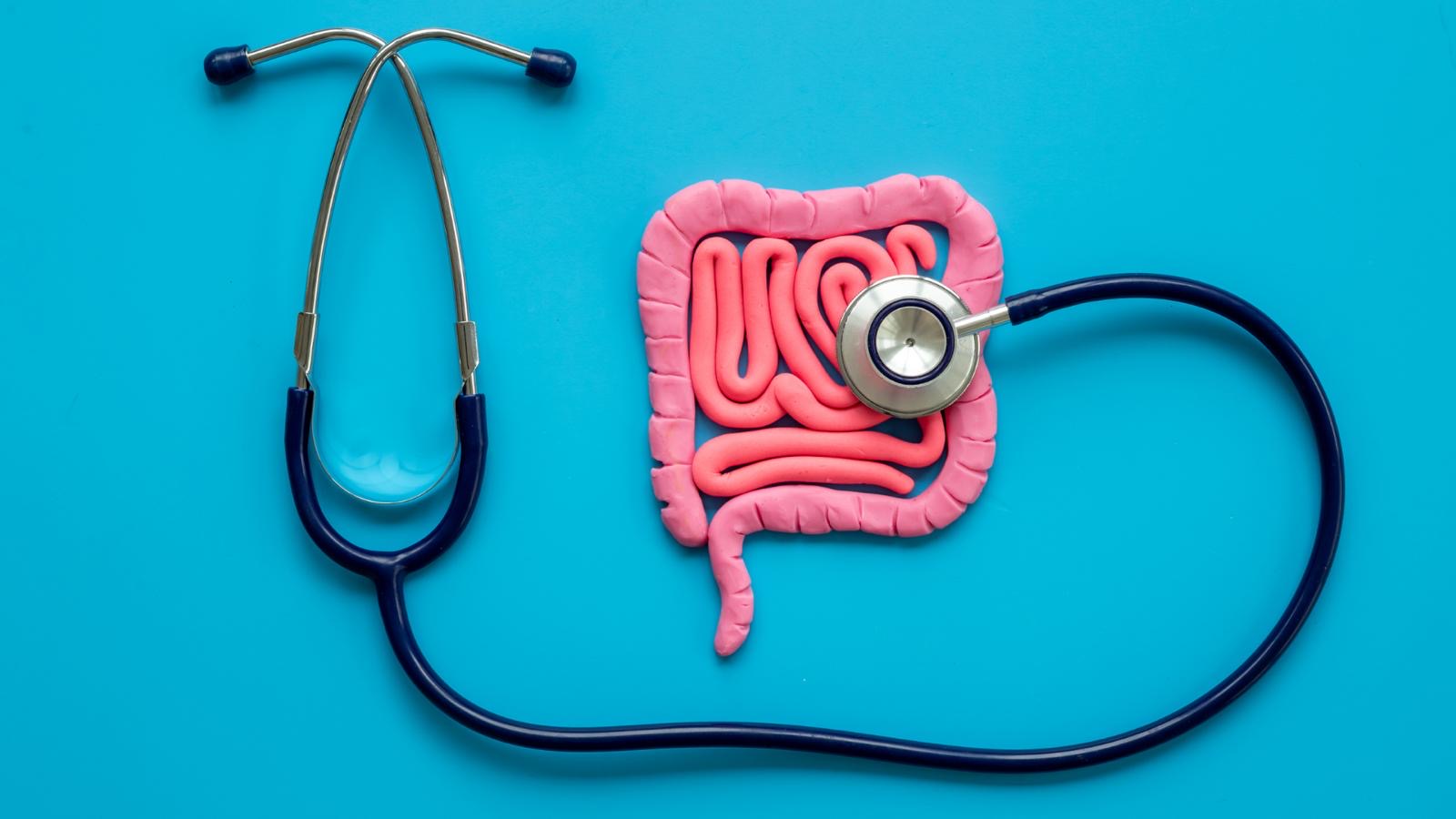
Dietary NeedsGeneral HealthDigestive Health
What Causes Malabsorption in Dogs?
Feb 08 2024
•
7 mins 40 secs

Dietary NeedsGeneral HealthDigestive Health
Should I Fast my Cat or Dog?
Jan 04 2024
•
6 mins 10 secs
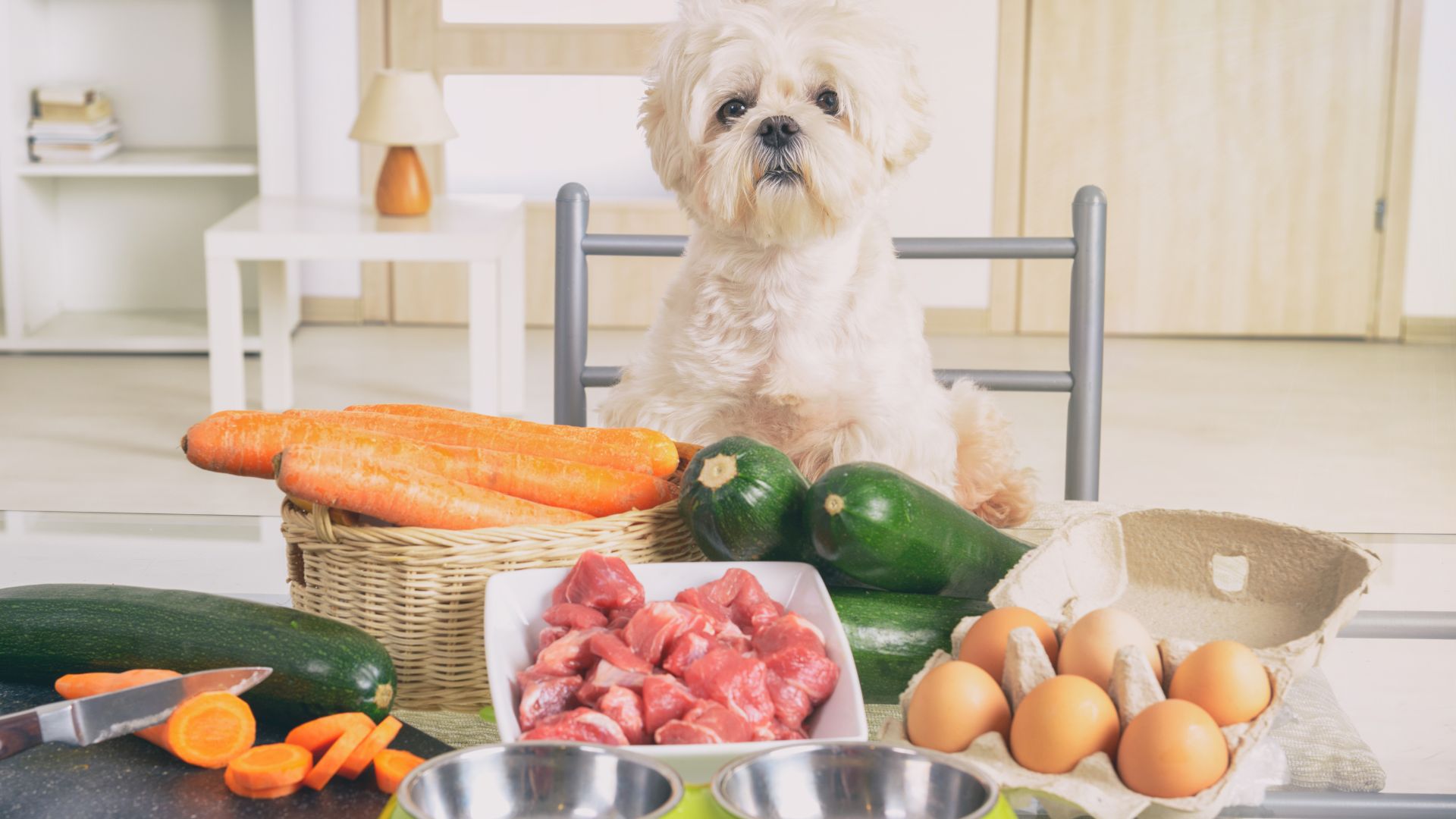
Dietary NeedsGeneral HealthDigestive Health
Can Food Sensitivities Cause a Pancreatic Flare?
Oct 20 2023
•
5 mins 40 secs

Dietary NeedsGeneral HealthDigestive Health
What to Feed a Dog When Regurgitating
Sep 21 2023
•
4 mins 45 secs
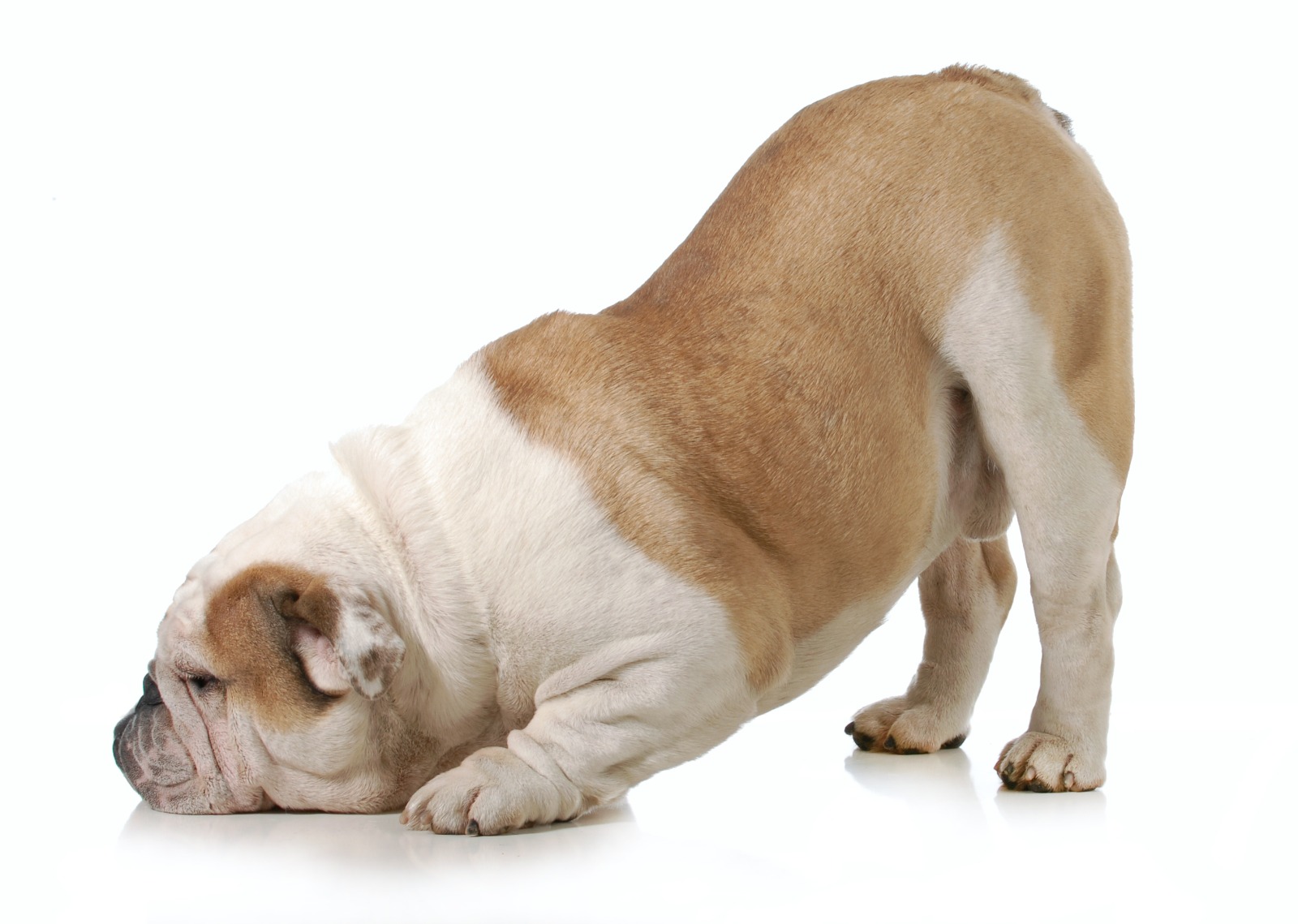
Dietary NeedsGeneral HealthDigestive Health
Gallstones, and Why Your Dog Has Them
Jun 22 2023
•
6 mins 40 secs

Dietary NeedsGeneral HealthDigestive Health
The Low Down on Megaoesophagus
May 16 2023
•
8 mins

Dietary NeedsGeneral HealthDigestive Health
5 Benefits of Vitamin C for Your Dog
Mar 18 2023
•
4 mins 42 secs
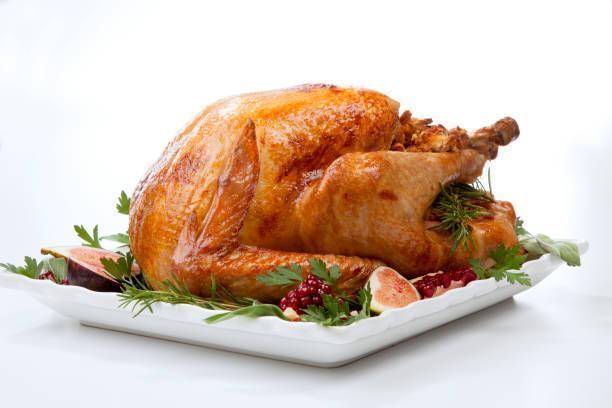
Dietary NeedsGeneral HealthDigestive Health
The 12 Foods of Christmas
Dec 21 2022
•
11 mins 30 secs

Dietary NeedsGeneral HealthDigestive Health
A Systems Approach to Digestive Health in Pets
May 31 2022
•
5 mins 44 secs
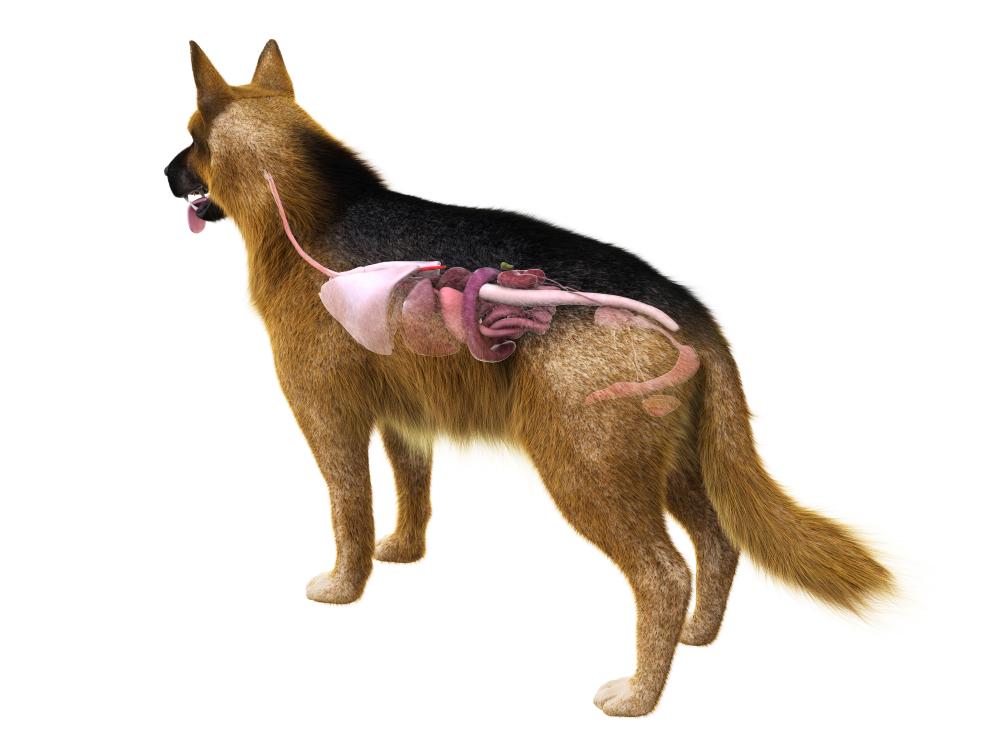
Dietary NeedsGeneral HealthDigestive Health
The Dog’s Digestive System
Mar 12 2021
•
7 min read

Dietary NeedsGeneral HealthDigestive Health
5 Top Tips for Dealing with a Fussy Eater
Jan 18 2021
•
6 mins 57 secs

Dietary NeedsGeneral HealthDigestive Health
5 Top Tips for Skin Health in Your Dog
Dec 08 2020
•
9 min read
✕






